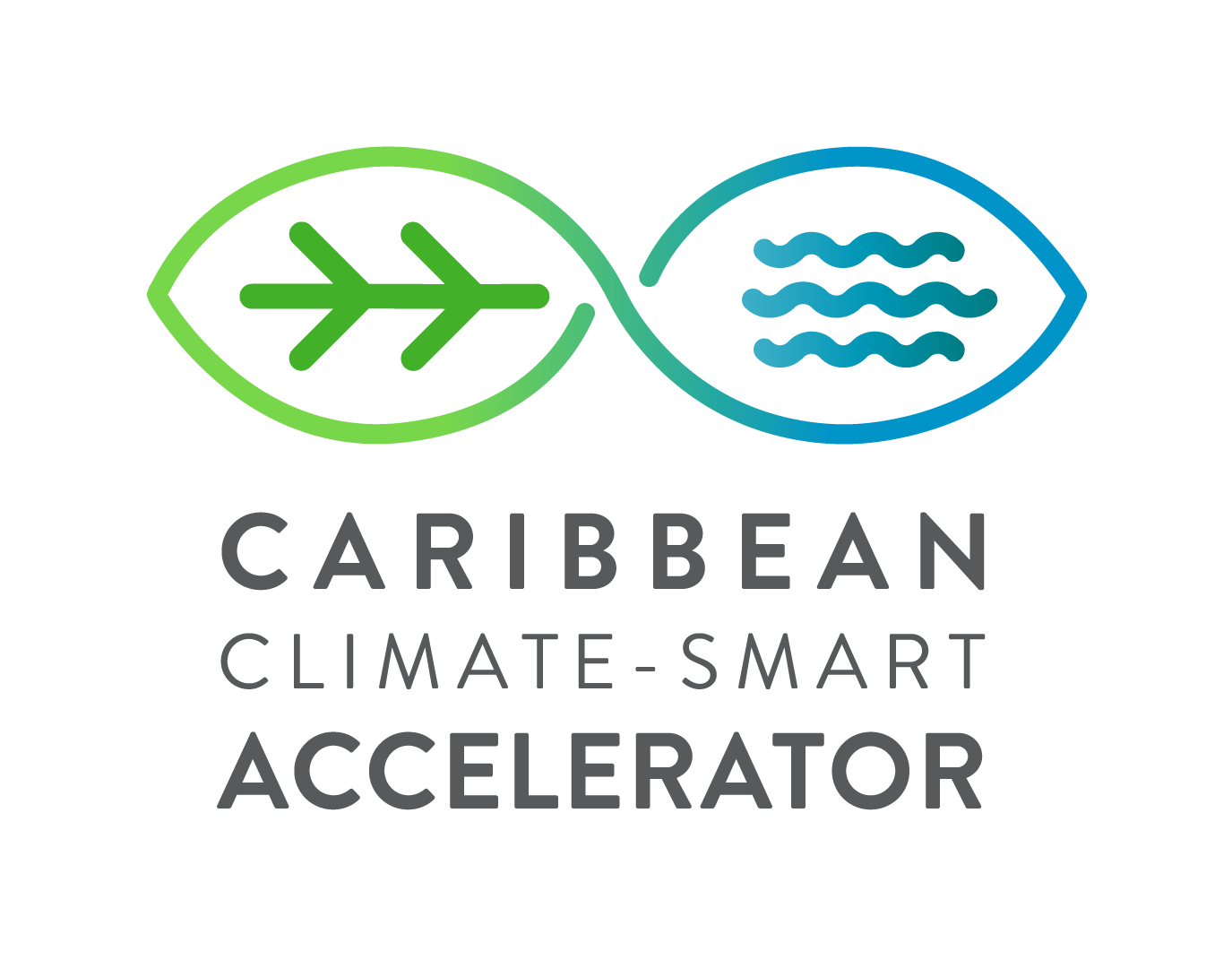ABOUT THE EARTHSHOT PRIZE
The Caribbean Climate-Smart Accelerator proudly serves as an official nominator for the 2024 Earthshot Prize, a prestigious global environmental award and impact-driven platform. This initiative is dedicated to identifying and fostering solutions that will restore our planet within this decade.
The Earthshot Prize extends its support to innovators and leaders tirelessly working to shape a better world. Whether they hail from universities, charitable organizations, tech startups, or even cities, the Earthshot Prize’s mission is clear: to illuminate their solutions, provide crucial support, facilitate their growth, and thereby awaken the sense of urgent optimism within each of us.
The nomination process involves meticulous scrutiny, culminating in the selection of 15 Finalists whose solutions demonstrate the most significant progress toward addressing the five Earthshots. The annual winners, chosen by Prince William and the Prize Council, each receive one million pounds. Furthermore, all 15 Finalists gain entry into The Earthshot Fellowship Programme, where they benefit from a year of dedicated support and guidance.
THE FIVE EARTHSHOTS
BY 2030, WE CHOOSE TO:

PROTECT AND RESTORE NATURE

CLEAN OUR AIR

REVIVE OUR OCEANS

BUILD A WASTE-FREE WORLD

FIX OUR CLIMATE
WHAT IS THE NOMINATION PROCESS?
ROADMAP 2023
WHAT THE EARTHSHOT PRIZE LOOKS FOR IN A NOMINEE OUR 2023 ROADMAP
NOMINEE BRIEFING PACK
Please note that by submitting a nomination you are agreeing to these terms and conditions.
CCSA Pre-Screening is ongoing and closes on November 15, 2023.

